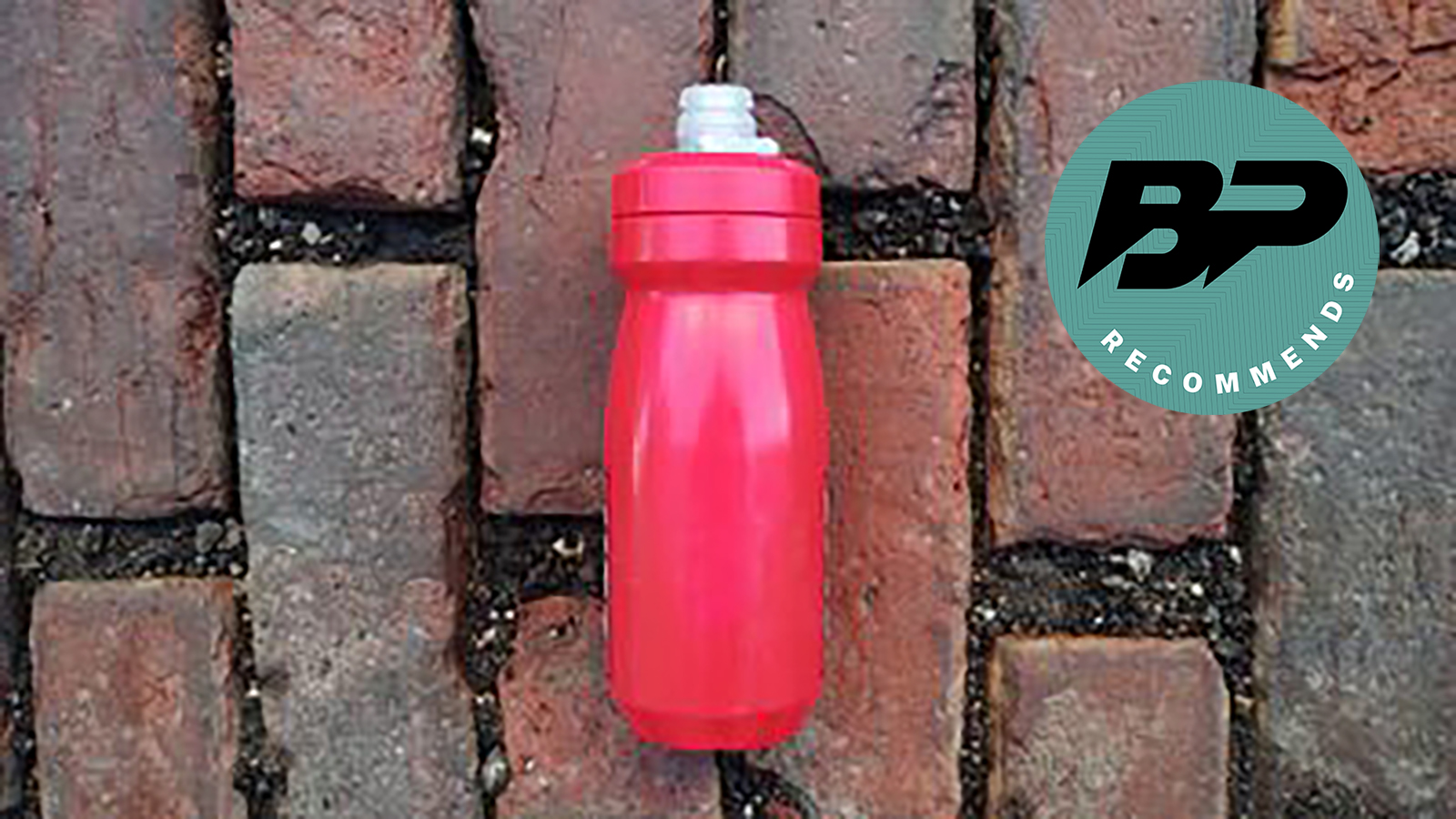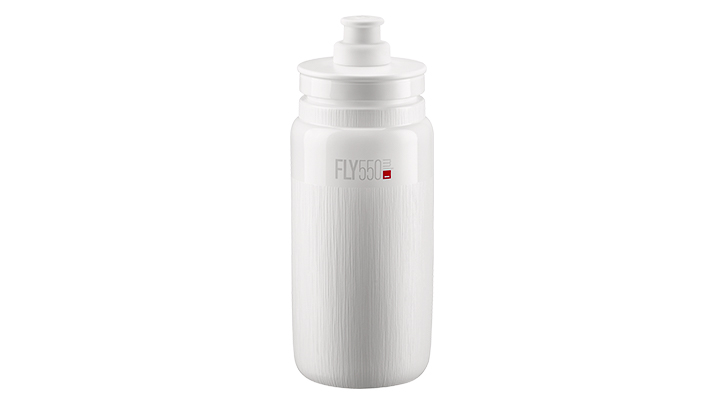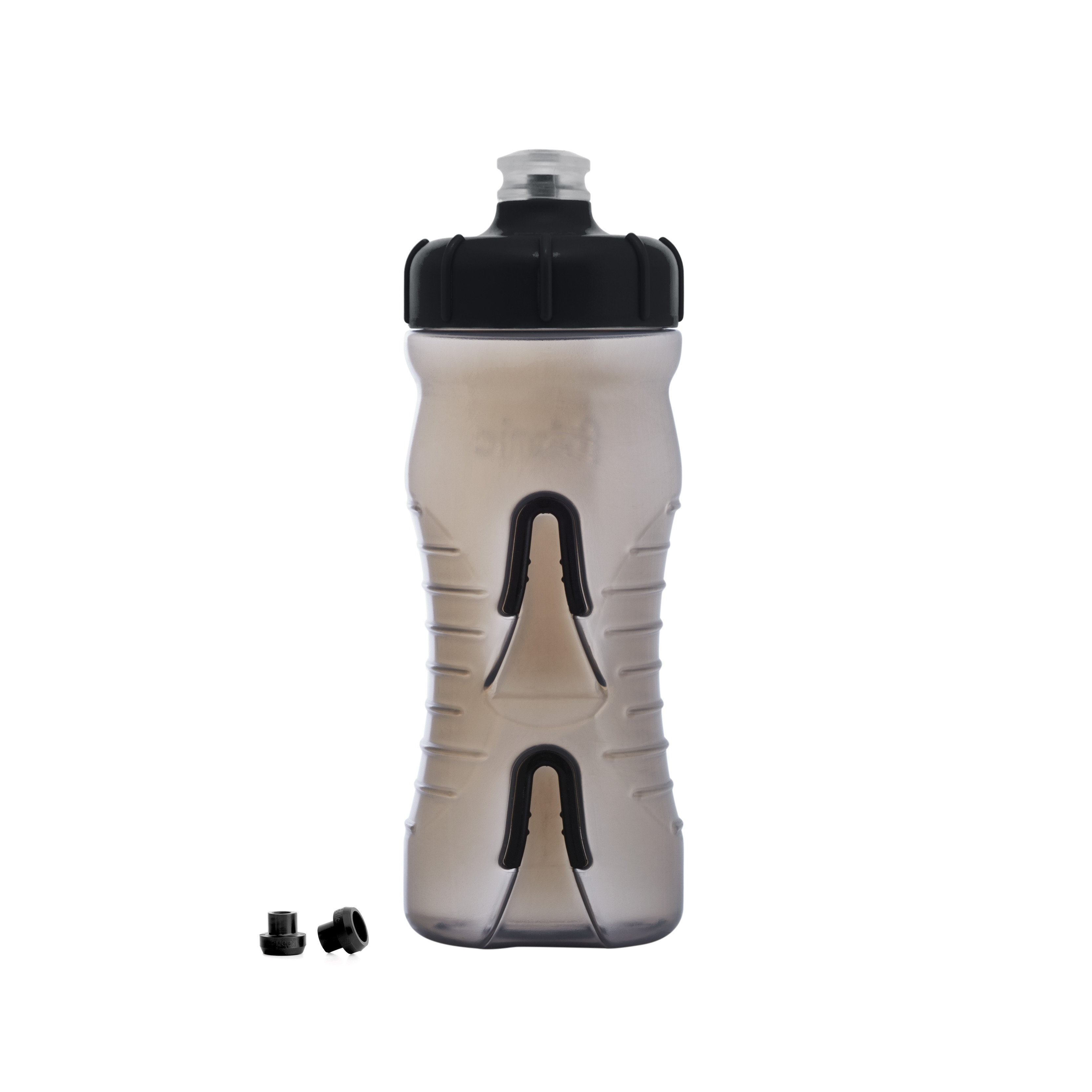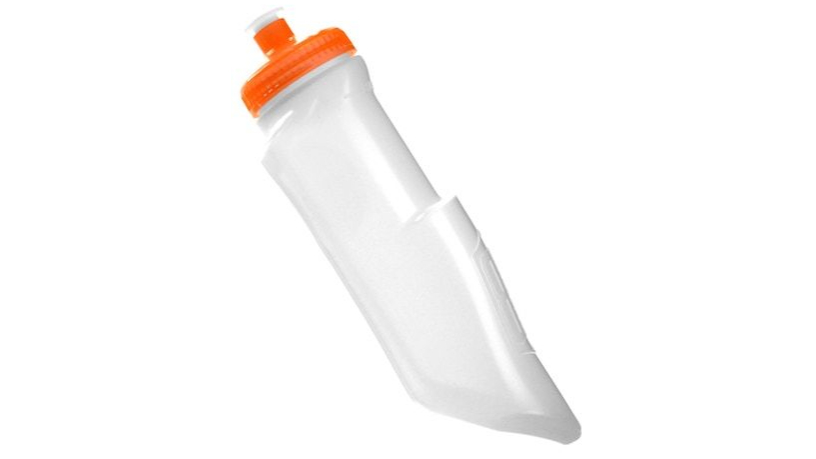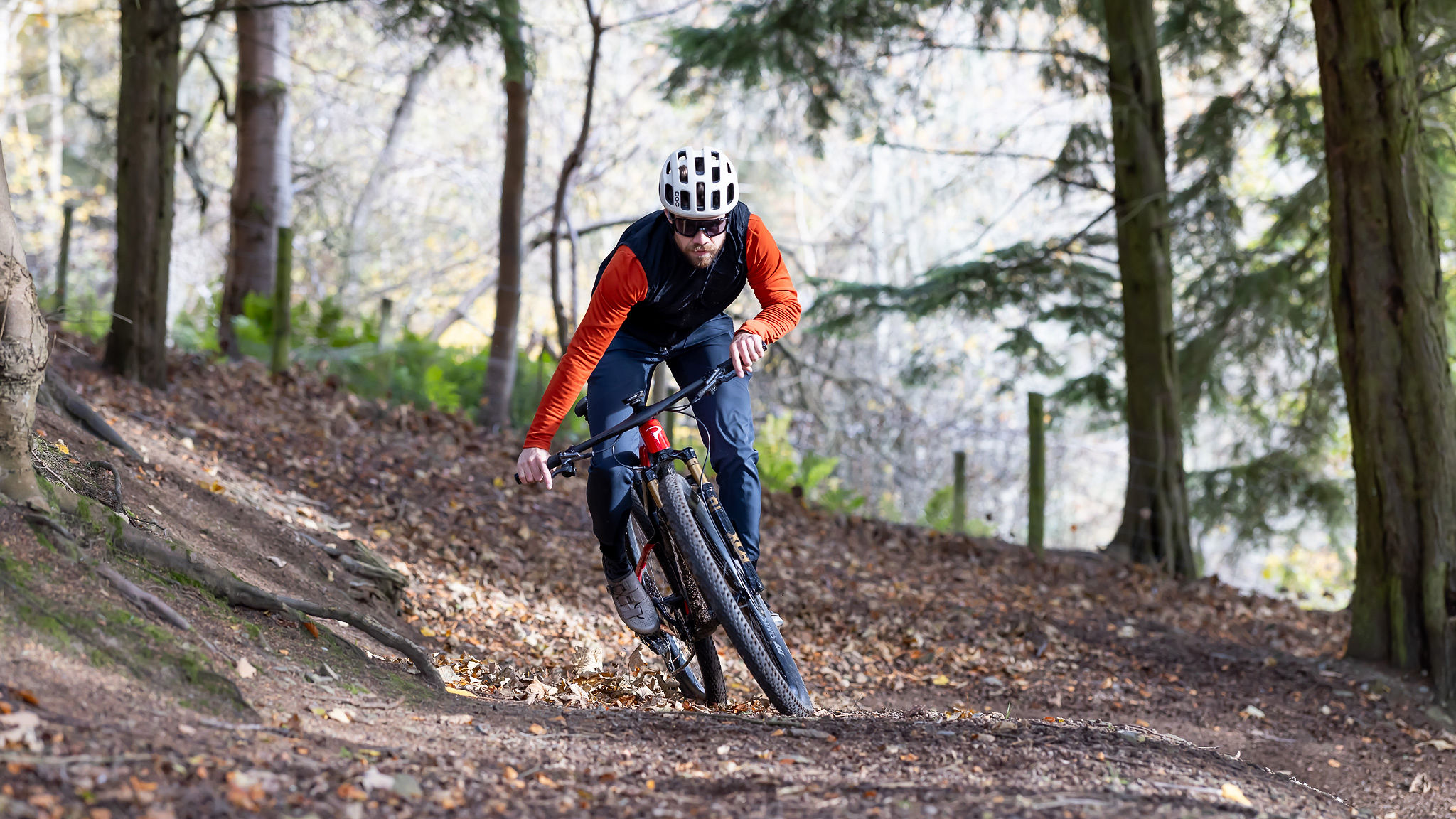Best water bottle for MTB 2025 – our experts rate the top options available
With the right water bottle for mountain biking you can stay hydrated and perform at your best
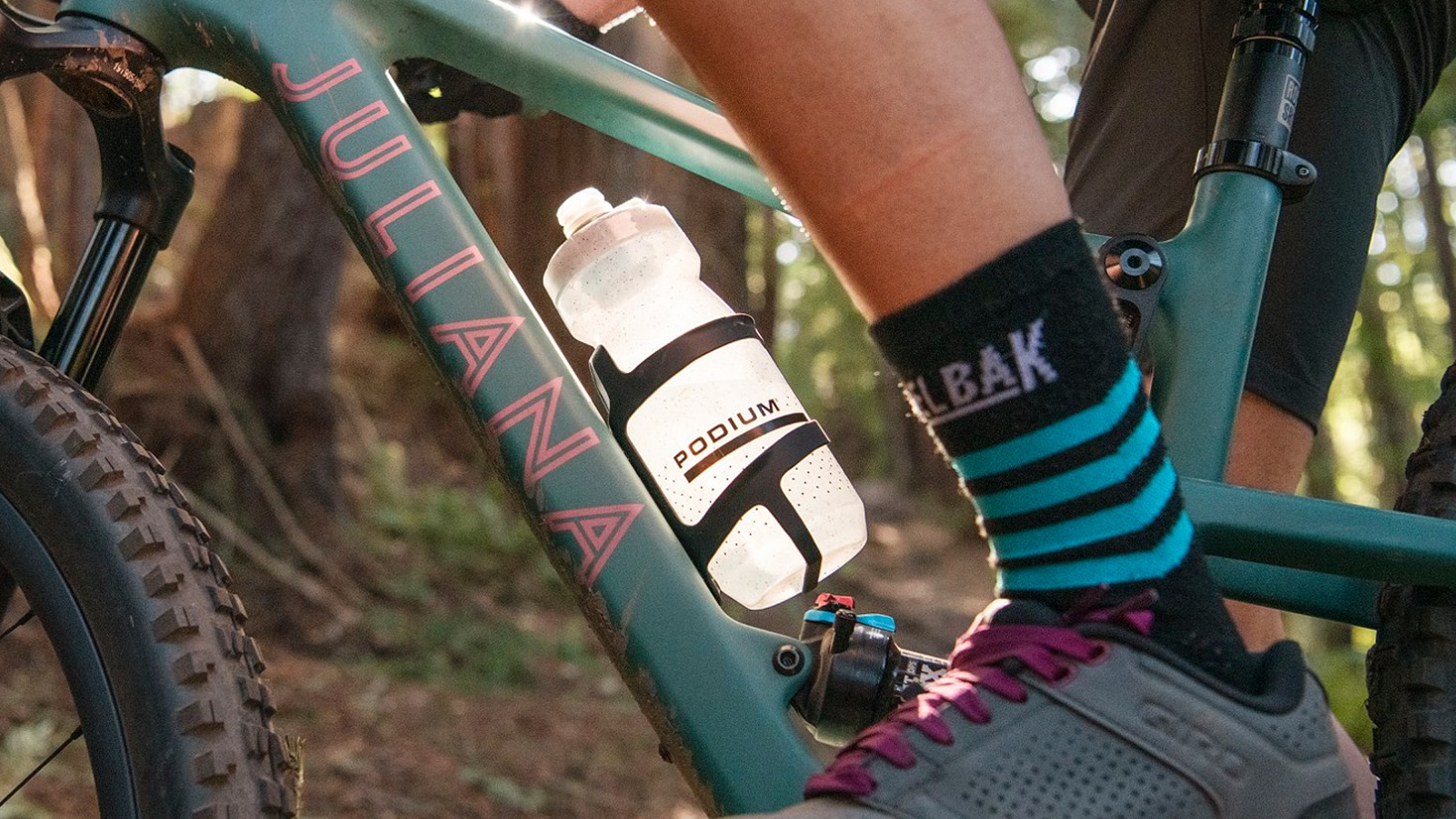
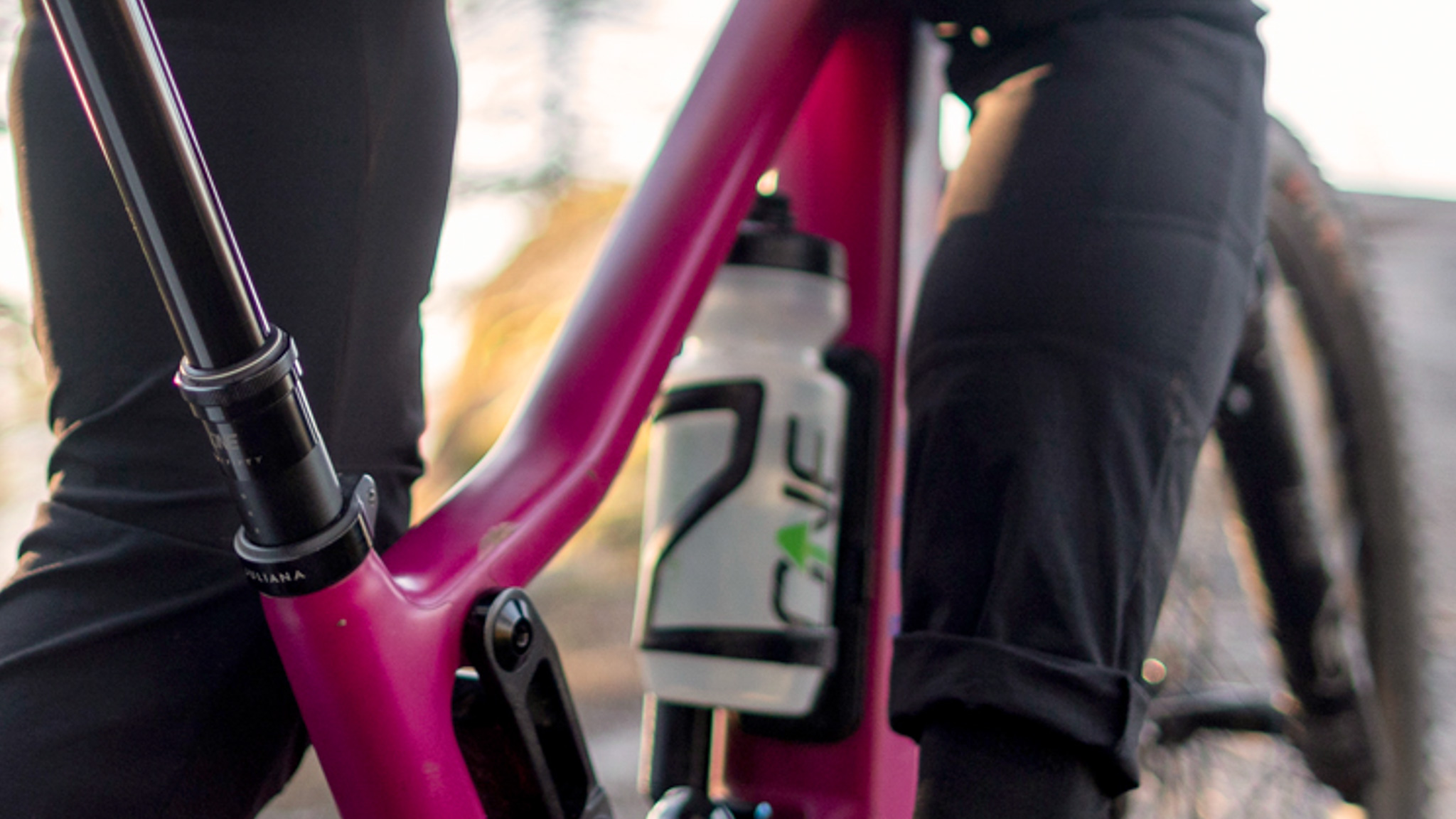
Quick list
1. Best overall
2. Best value
3. Best for keeping out dirt
4. Best magnetic
5. Best for insulation
6. Best for size selection
7. Best mounting system
8. Best for carrying
How to choose
How we test
Choosing the best water bottle for MTB riding might seem fairly simple when compared to selecting the best full suspension mountain bike, the best mountain bike helmet or any other pieces of MTB riding kit.
We all know keeping your body properly hydrated while exercising is incredibly important, but it's especially true on a mountain or gravel bike. You may be far into the backcountry without easy access to water, so having the best MTB water bottle is actually pretty crucial. Dehydration can mean not just a loss of riding performance but if fluids aren't topped up regularly it can bring on heatstroke, dizziness, and confusion.
To help with the process of finding the right bottle, we've tested and put together a list of what we think are the best water bottles for MTB. We have considered various performance features including capacity, flow rate, nozzle and neck width. Mounting systems are also taken into consideration; the best MTB cages are the traditional way, but there are magnetic and cage-less models too.
Our top pick is the Camelbak Podium with its handy self-sealing cap, and our top value pick is the lightweight Elite Fly MTB. Read on for our complete list, and if you're not sure what to look for, check out our advice on how to choose the best water bottles for MTB at the bottom of this article.
The quick list
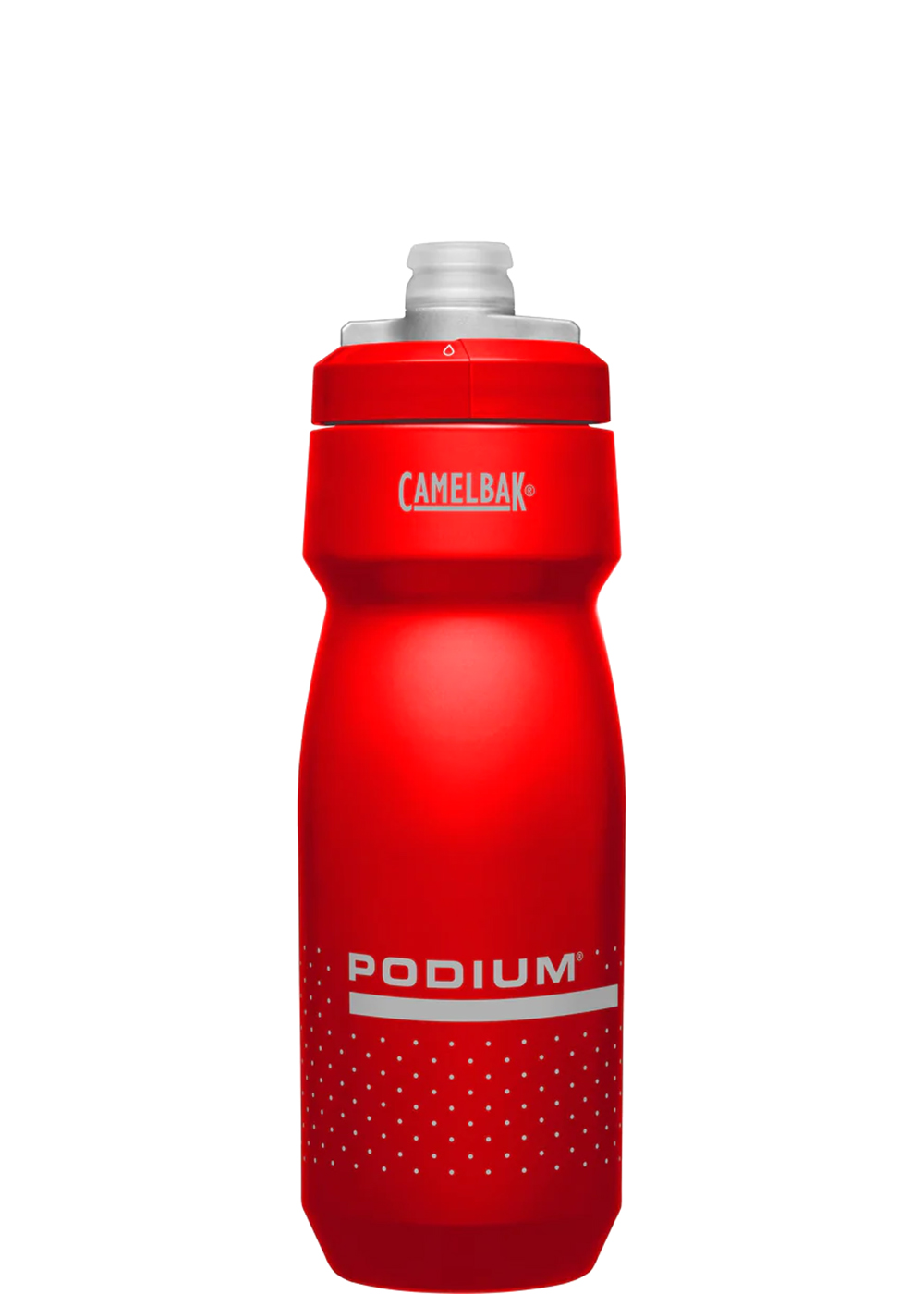
Best water bottle for MTB overall
With its useful self-sealing cap you can just pick up the bottle and squeeze it.
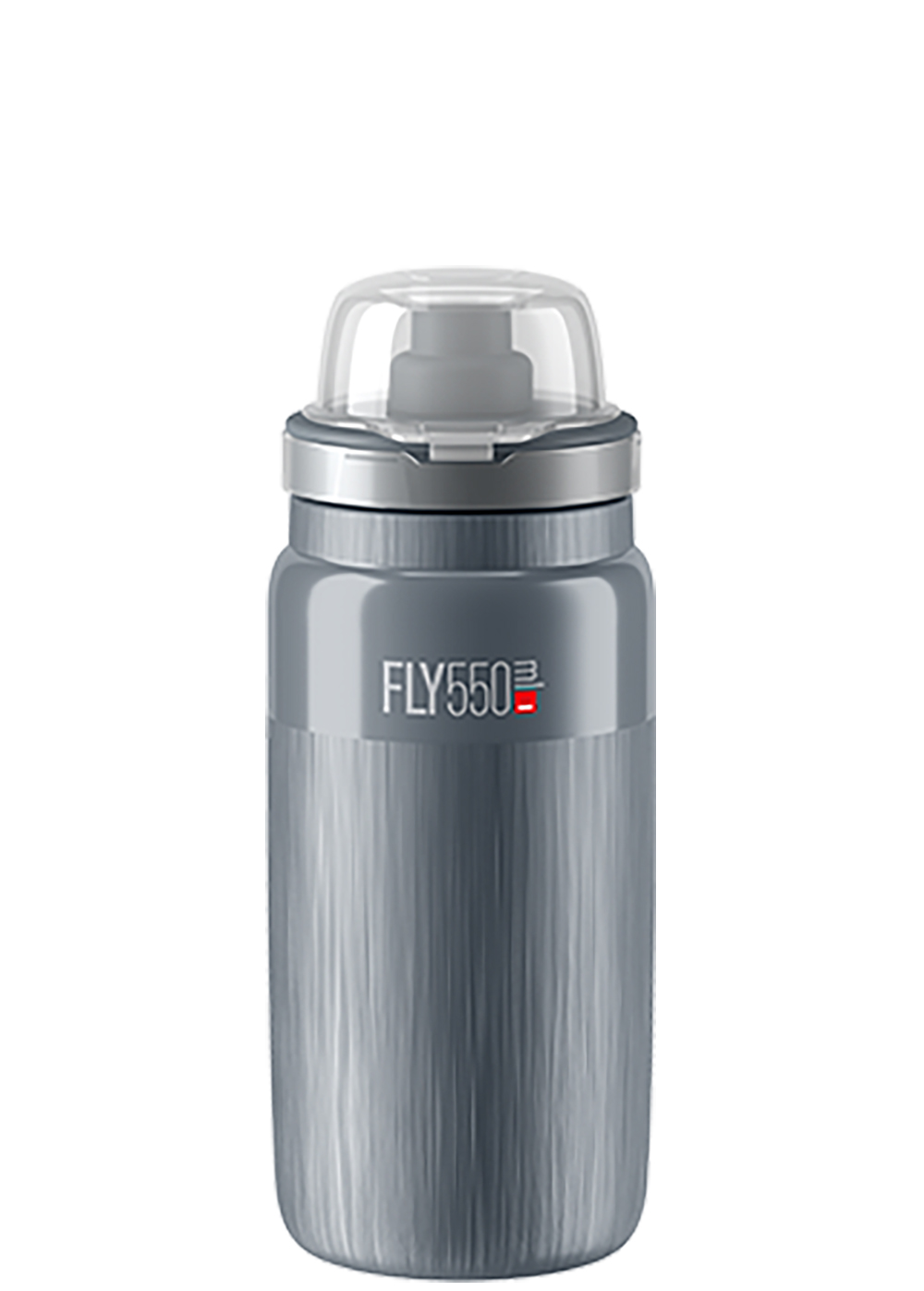
Best value water bottle for MTB
A super-lightweight bottle, used by the pros, that's great value.
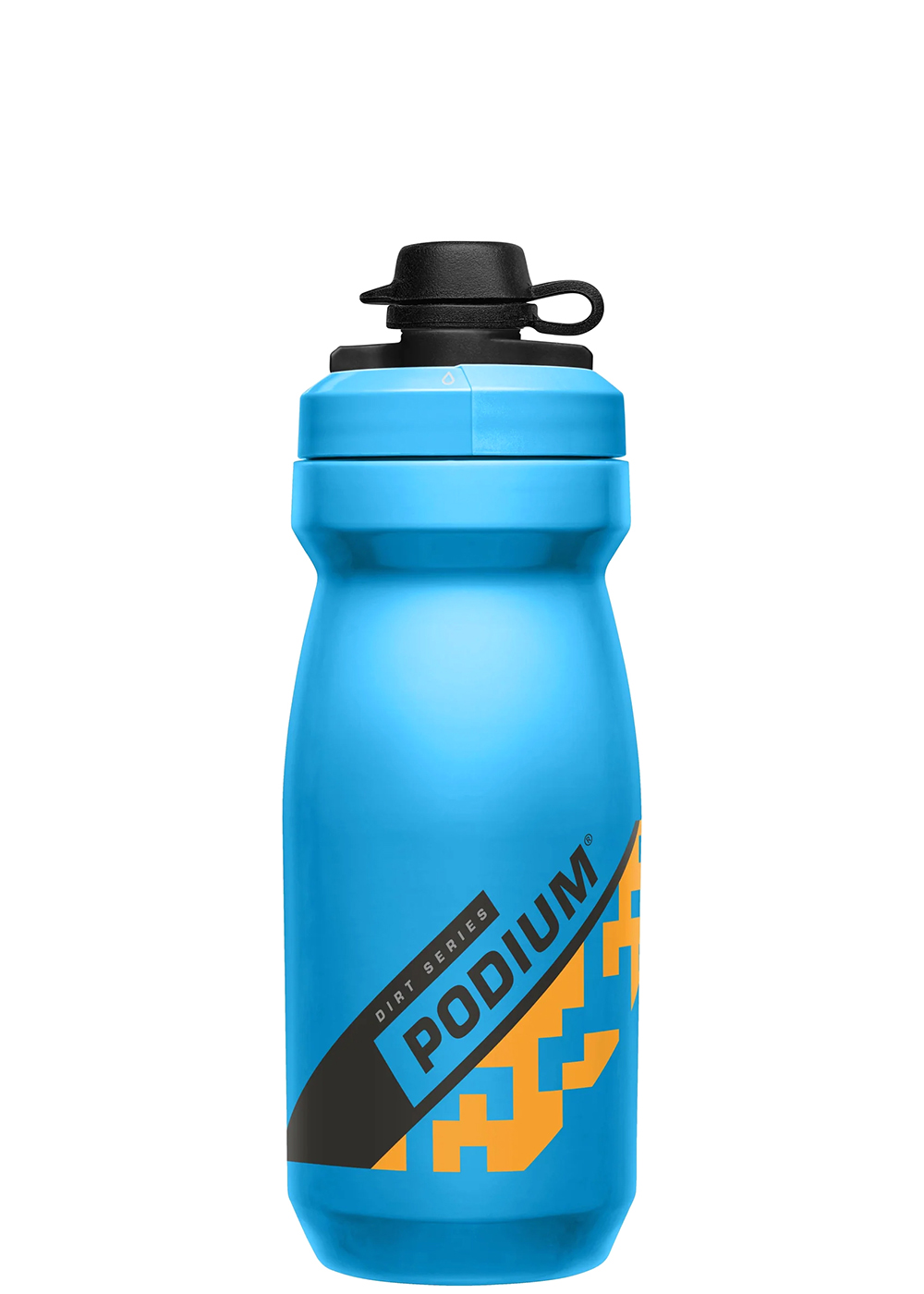
Best water bottle for MTB for keeping out dirt
Has the same self-sealing valve as the Podium, and an extra cover to keep out dust and dirt.
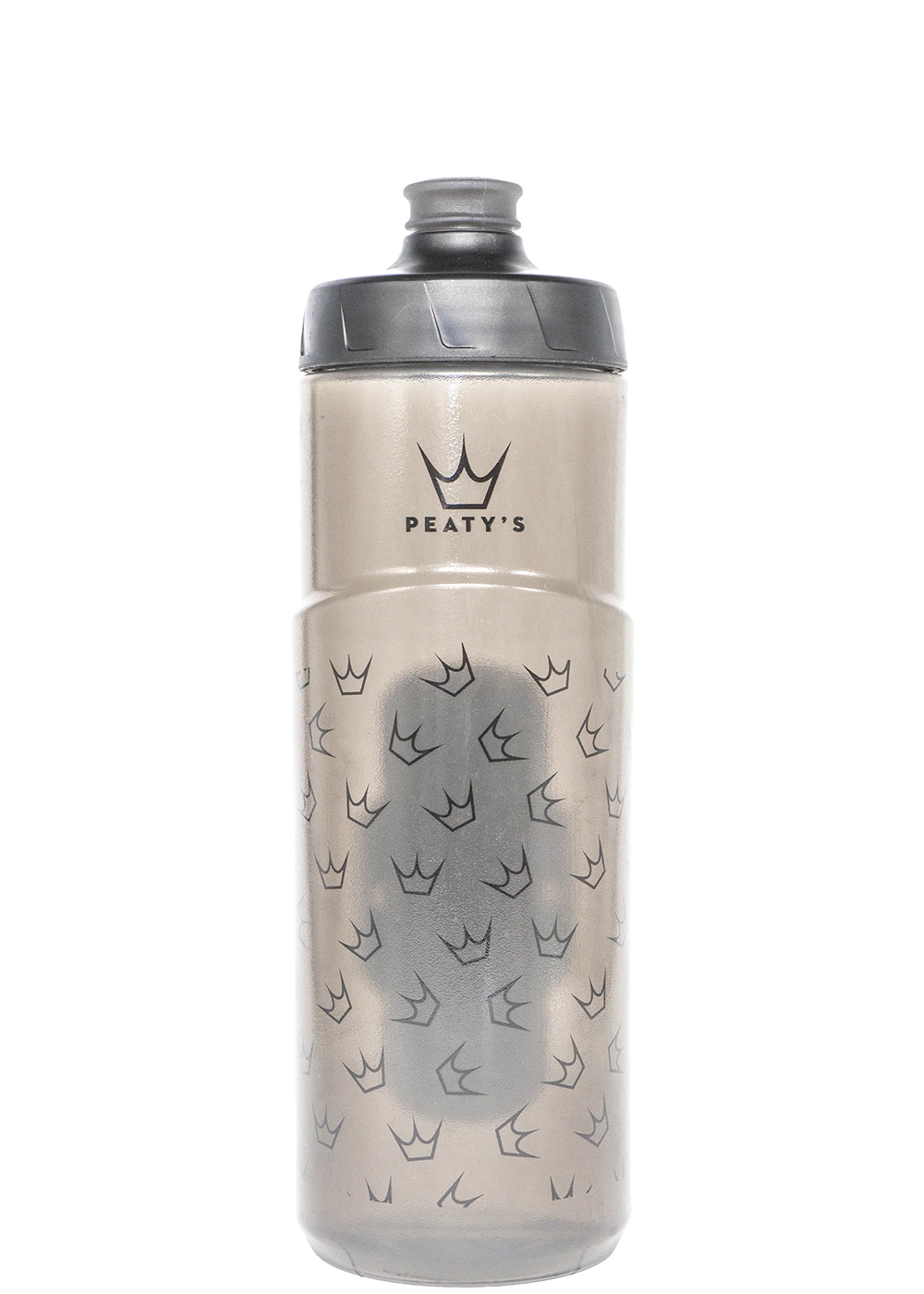
Best magnetic water bottle for MTB
Easy drinking bottle with impressively secure, clean-looking cageless mount.
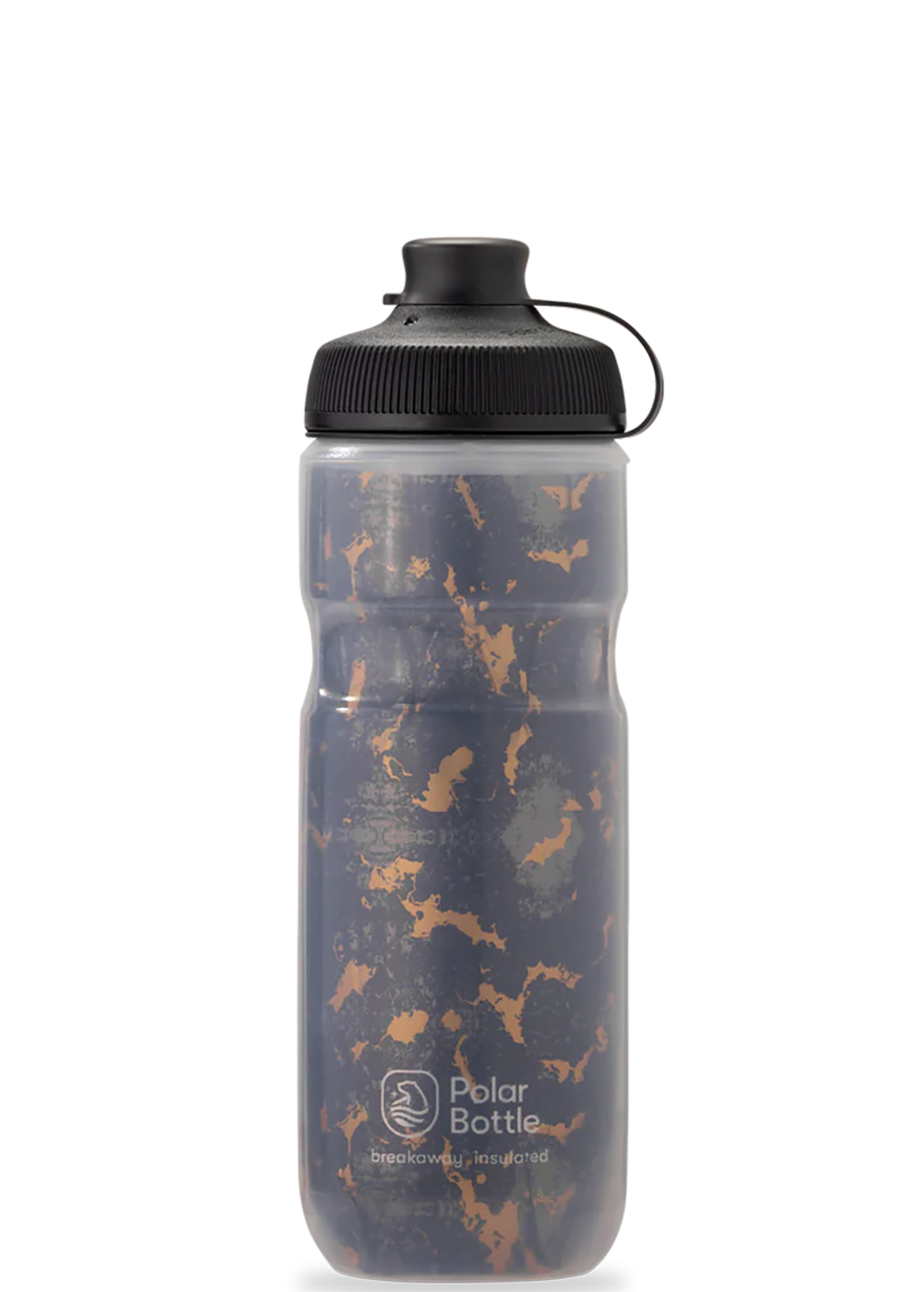
Best water bottle for MTB for insulation
With triple-wall insulation to keep your liquids cold.
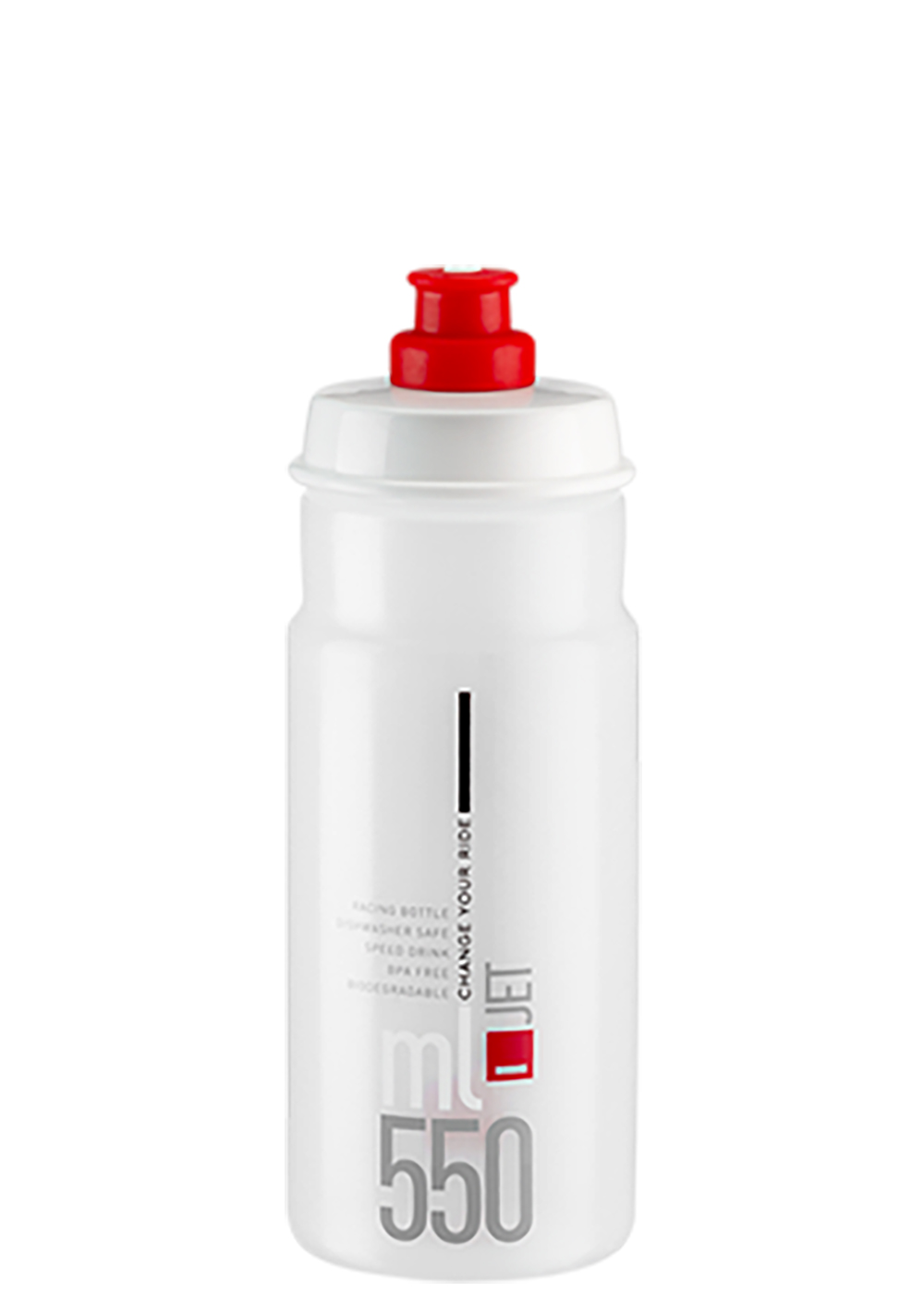
Best water bottle for MTB for size selection
Available in a large range of sizes, and made from biodegradable material.
See the next 2 water bottles ↓
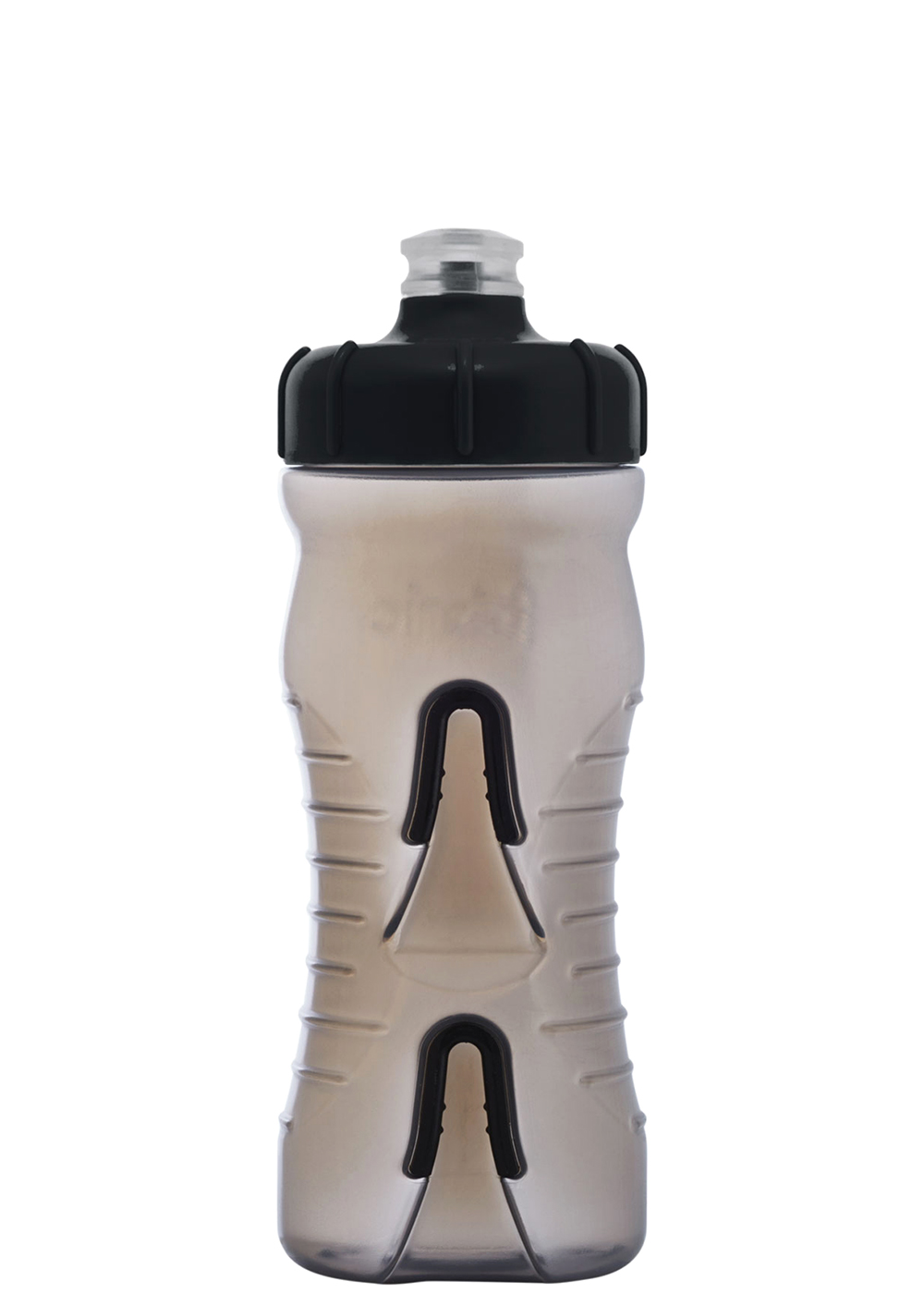
Best water bottle for MTB mounting system
Uses a lightweight mounting system instead of the traditional bottle cage.
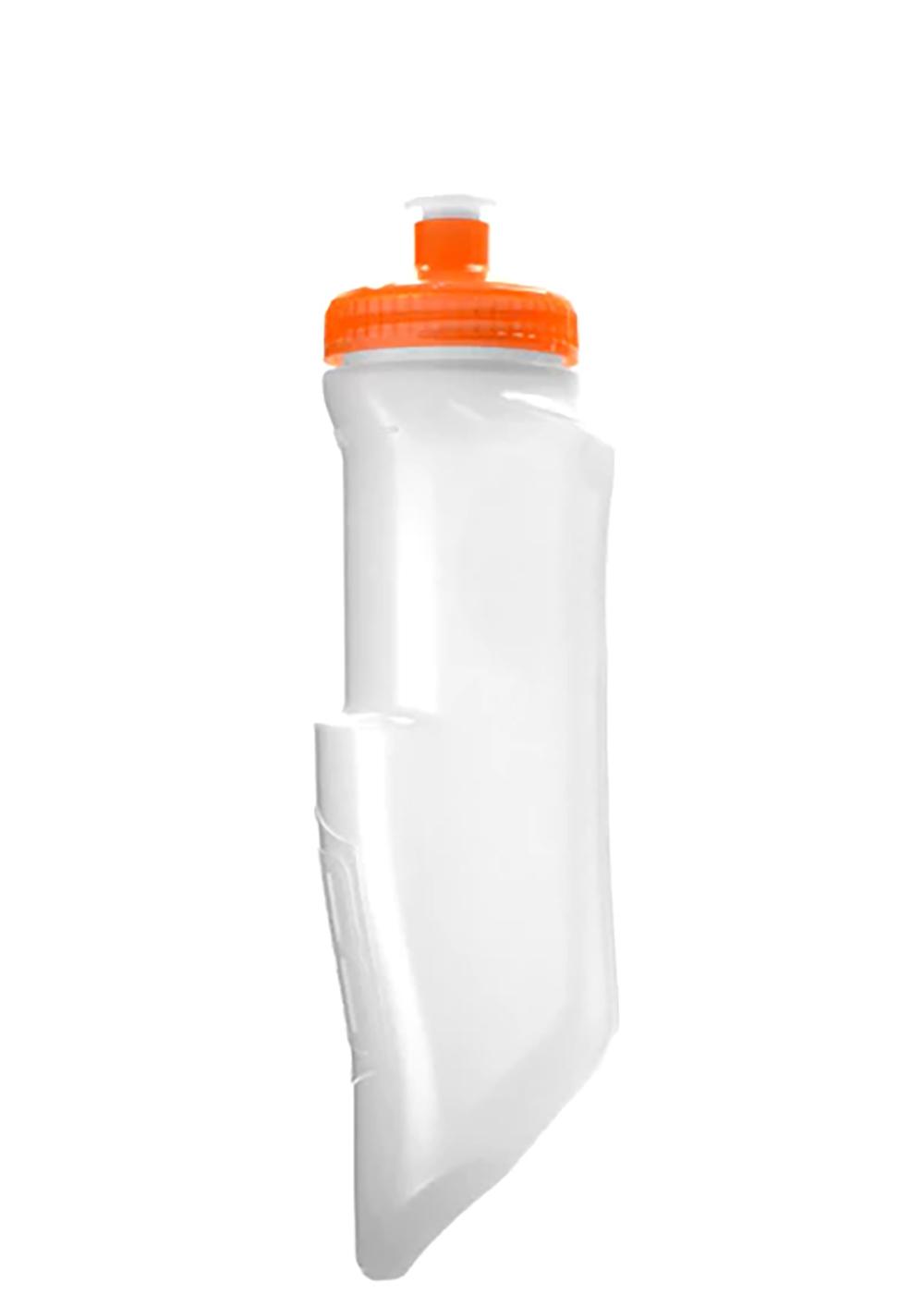
Best water bottle for MTB for carrying
Specially designed to fit inside the pocket of your jersey or jacket.
Best water bottle for MTB
Why trust BikePerfect
1. Best overall
Camelbak Podium
Specifications
Reasons to buy
Reasons to avoid
The Camelbak Podium water bottle features a very useful self-sealing valve that opens as soon as you give the bottle a small squeeze. It makes the Camelbak Podium one of the easiest and therefore best MTB water bottles to use because all you need to do is pick it up and squeeze it.
There is even a lock that you can close with a twist in case you are traveling or going somewhere that your bottle might bounce around and end up upside down, which is a handy extra feature. You can disassemble the valve for a thorough cleaning. Camelbak also has an insulated version of the Podium (see below) so you can keep your liquids cold on the hottest days and there are plenty of color options to choose from.
Camelbak Podium takes the best overall MTB bottle in this guide for its self-sealing cap. We never thought it would make that much of a difference, but after many months of use, we've found it hard to go back to a traditional cycling water bottle.
2. Best value
Elite Fly MTB
Specifications
Reasons to buy
Reasons to avoid
The Elite Fly water bottle represents tremendous value for a bottle that is claimed to be the most popular water bottle in professional cycling. It’s made with 30 percent less plastic than the average bottle, and according to Elite, the 19oz version weighs just 54g, which is a little more than half the weight of most comparable cycling water bottles.
There are different colors to choose from with 25oz and 32oz sizes available, so you’ll have a versatile bottle suitable for all kinds of cycling from MTB and gravel riding to road racing at a bargain price.
3. Best for keeping out dirt
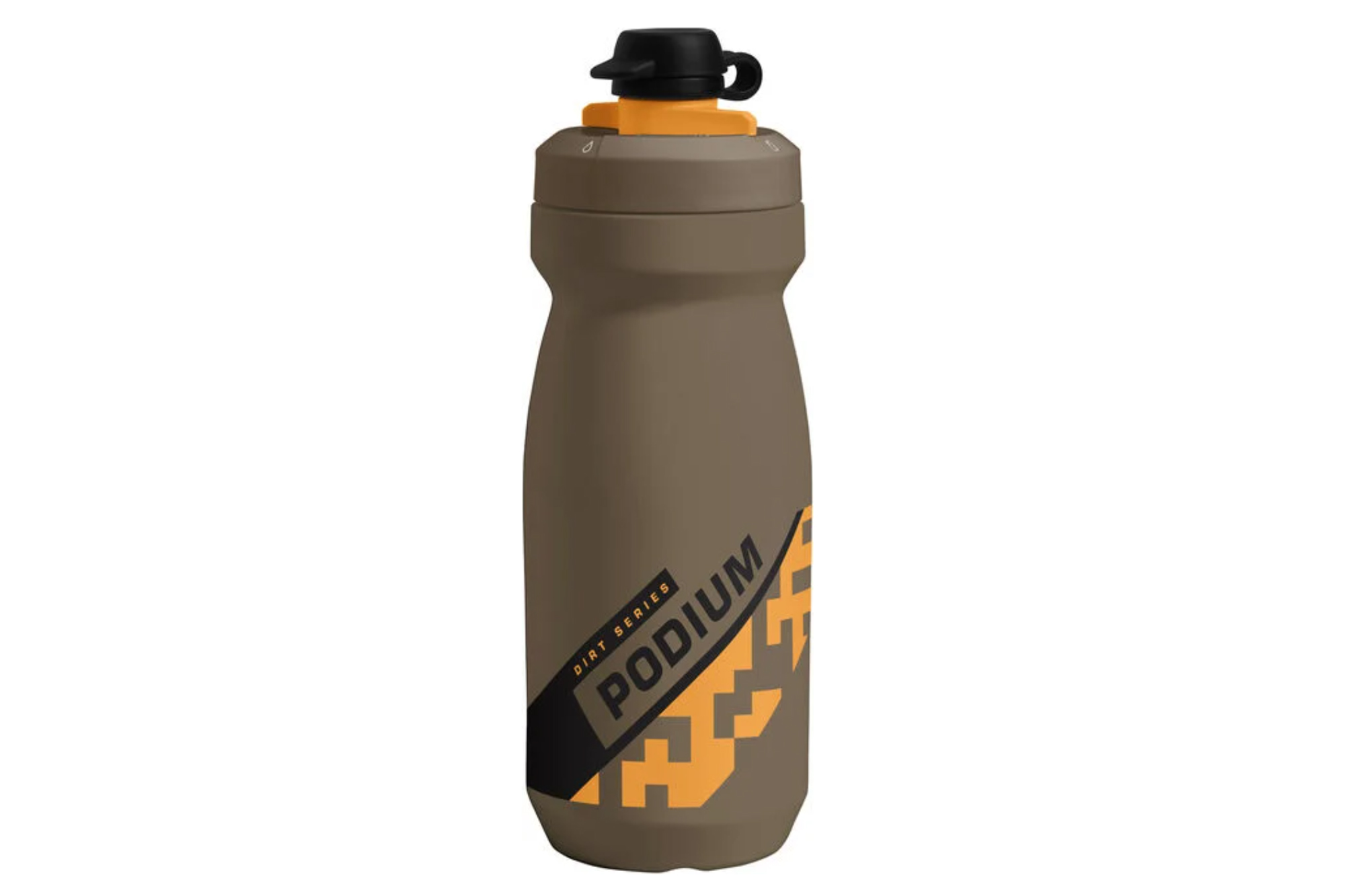
Camelbak Podium Dirt
Specifications
Reasons to buy
Reasons to avoid
The last thing you want is to be drinking from a water bottle that is covered in trail crud or even worse, animal deposits. You can get seriously ill riding on trails or farm roads in the wet and mud then accidentally drinking whatever your tires have flung at your bottles.
The Camelbak Podium Dirt, like its sibling above, features the Camelbak valve and adds a cover to it which helps keep unpleasant dust, dirt, and any other muck out of your water.
The Camelbak Podium Dirt comes in a standard and an insulated version, but only in a relatively small size of 21oz.
4. Best magnetic
Specifications
Reasons to buy
Reasons to avoid
Peaty's Products recently updated its cageless Fidlock bottle and has made it softer and more flexible. We are fans of Peaty's Products and they've all delivered on functionality and performance so far. Its Link Lube Premium All Weather took the best overall lube in our best bike chain lubes and its Peaty’s HoldFast Trail Tool Wrap has also scored well.
The updated X Fidlock bottle delivered on all fronts under test. Our reviewer, Guy Kesteven, noted that the faster-flowing nozzle and squeezy bottle made drinking easier, while the magnetic Fidlock mount system provided cageless security and a great overall aesthetic.
The only real negative Guy noted was the added cost compared to a traditional bottle cage combo. He also added that putting the bottle back into the mount is more tricky than you'd think and you have to take your eyes off the trail to get the bottle close enough for the magnets to take over.
Overall Guy found it, "a secure and stylish winner if you want an easy squeezy bottle that stays tasting and looking fresh, takes up minimal space and looks super neat".
You can check out Guy's Peaty's X Fidlock Lockin' Bottle review for more details.
5. Best for insulation
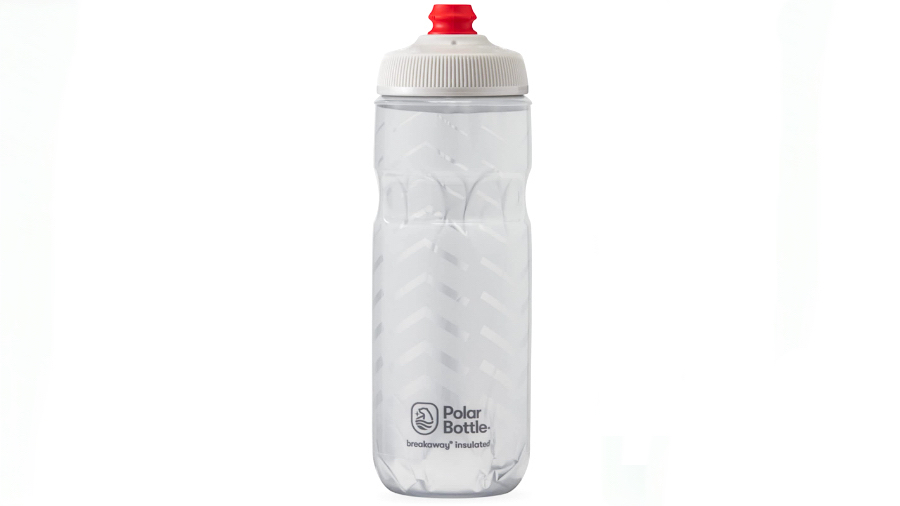
Polar Breakaway Muck Insulated
Specifications
Reasons to buy
Reasons to avoid
The Polar Bottle Breakaway Muck Insulated has a bold claim in that its triple-wall insulation can keep water cold twice as long as other cycling water bottles. In our testing, it’s difficult to say if it was truly twice as long, but the Breakaway Muck certainly outlasted most other insulated water bottles when it came to keeping liquids cold.
A bonus feature of the insulation is that it works in reverse as well – in very cold conditions, the Breakaway Muck can stop water from freezing. It also comes in various colors and sizes.
We found the long-neck design of the Polar Bottle Breakaway Muck to be harder than most to clean, but it is dishwasher-safe which is a huge plus.
6. Best for size selection
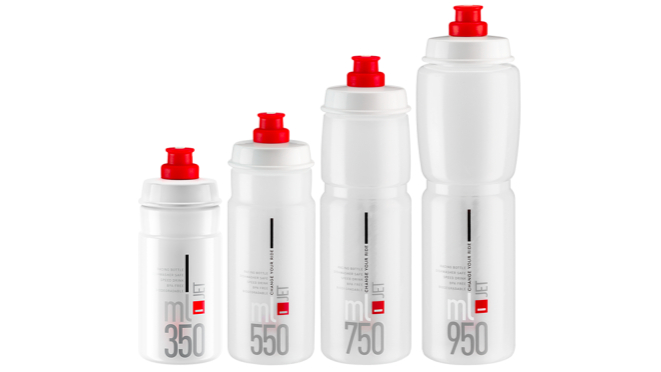
Elite Jet
Specifications
Reasons to buy
Reasons to avoid
Elite has taken a big step forward in the creation of its Jet bottles, which are made from food-grade, BPA-free polyethylene. This material is also treated with a special bio additive which makes Elite Jet bottles completely biodegradable.
The Elite Jet comes in a huge range of sizes from a tiny 12oz to a mammoth 32oz. That makes the Jet an appealing option for the best MTB bikes, gravel bikes and everything in between.
Elite Jet bottles are also lightweight but they don’t include a self-sealing cap or insulation.
7. Best mounting system
Fabric Cageless
Specifications
Reasons to buy
Reasons to avoid
The Fabric Cageless bottle is a unique design that ditches the need for a traditional cycling bottle cage and instead uses a lightweight mounting system. Removing the bottle cage saves the majority of the weight, but the bottle itself is quite light as well.
As for the mounting mechanism, the Fabric Cageless bottle attaches to two studs through fitted grooves on the bottle. All you need to do to remove the bottle is slide it up and out, though we found remounting does require a much more precise technique which can be hard on the go.
There are two different sizes to choose from, and you can take the larger 25oz version with you on longer rides. The cap isn’t self-sealing, which means opening and closing each, but the material is BPA-free so there was no off-putting plastic taste. It does make for a cool aesthetic and nice minimalist option.
8. Best for carrying
BackBottle
Specifications
Reasons to buy
Reasons to avoid
The BackBottle is a MTB water bottle specially designed to fit inside one of the pocket of your jersey or mountain bike jacket. Its plastic core is molded to fit the shape of the lower back when in the cycling position, which means that it's hardly noticeable.
The BackBottle gives you the choice to carry another bottle for those big days in the saddle, without having to forcibly stuff a full-size cycling water bottle into a pocket, or use a hydration pack or a hip pack if that's not your thing.
The design does make the BackBottle a bit low on storage capacity, but it still holds 18oz of liquid compared to most cycling water bottles which are 20-24oz. Made from BPA-free materials, the BackBottle won't add any unpleasant tastes, and it could save you on a long ride in the heat.
At an affordable price, the BackBottle is also a cheap alternative to a hydration pack for riders on a budget, though it doesn’t hold as much liquid as a hydration pack.
How to choose the best water bottle for MTB
What size bottle do you need?
Mountain bike frames are the biggest limiter when deciding on the right bottle. Can your frame fit two bottles or one? What size bottles will fit?
You might also be able to fit a larger bottle if you have the right bottle cage, so check out our list of the best MTB bottle cages and see what's best for you.
Once you've got an understanding of what your frame can handle then you can decide what style of bottle is going to work best.
Should you choose an insulated bottle?
Insulated water bottles contain an internal lining that helps to keep your water at the same temperature for longer. They can be overkill if you're just going on a short ride on a comfortably temperate day. While there's not a lot of downsides to having insulated options, the insulation does reduce the water volume they can hold and they do cost a bit more than non-insulated bottles.
How do you clean your water bottle?
The best thing you can do for your MTB water bottles is to immediately rinse them with soap and water following a ride. No matter how mundane this seems or how tired you might be, it only takes a few minutes to put a little soap and hot water in your bottle, even get the dishwasher brush inside, and then rinse thoroughly so they are ready for your next ride. There's nothing worse than finding your last ride's leftover drink still in your bottle.
If you want to do a deep clean, a dishwasher can be an excellent way to get a bottle clean, just beware of the high heat as it can also destroy a bottle, so check to see what yours can handle.
When it comes to mountain bike bottles the outside is likely to be pretty filthy so spend some time on the exterior – a plastic bristle brush is good for this or some gentle, non-scratch scour pads can do the job too.
What other ways are there to stay hydrated while cycling?
Staying hydrated while out on the best mountain bike adventures can be a challenge, especially on rougher terrains while MTB or gravel riding. If you're racing, reaching for a water bottle can be especially dangerous and a distraction in the heat of the moment. In some cases, it may not even be possible to store a water bottle in the frame of your bike due to suspension or frame bags.
Another solution is to use a hydration pack or hip pack and there are many models to suit all types of riding. They come with different capacity bladders and, with most having extra storage pockets for food and tools, they are a convenient option worth considering. Our guides on the best hydration packs and best MTB hip packs are well worth checking out, and will point you in the right direction if you fancy these as an alternative to a water bottle.
How often do you need to replace your bottle?
There's no hard and fast rule to this one. Plastic water bottles will technically last forever, so keeping them for as long as possible means you're doing your bit for the planet.
The problem is that over time water bottles start to look a bit past their best, with worn logos and multiple scratches. They can also become harder to clean. So it's really up to each rider on how often to replace them. You might not care how they look – they are there to carry water and so long as you clean them, they'll serve that purpose indefinitely.
How we test the best water bottles for MTB
We've tested out the best water bottles for MTB riding over many months in a variety of weather conditions. We've assessed the selections for ease of use, liquid flow, sizing options, the level of protection from crud, and ability to clean. We also looked at their fit on the bike, insulation and durability.
Meet the tester
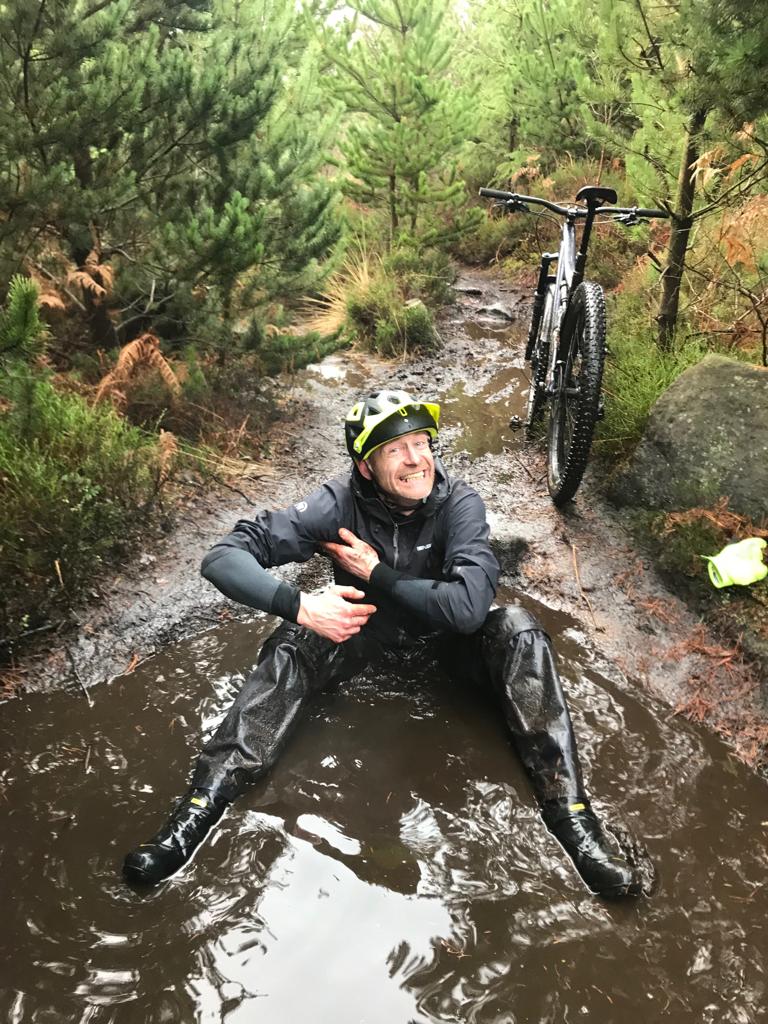
Guy's been testing and writing about all things mountain bikes for many years. He’s written a few million words about thousands of test bikes and a tons of riding gear.
Josh Ross was our US tech writer. He's most happy when talking about the finer details of how bicycle parts and components work, and enjoys putting his thoughts to words. He is a road cyclist at heart but can often be found taking the gravel road less traveled. Although he rarely races these days, he still enjoys a good Zwift session and race but will always choose the real world over pixels.
Height: 5'9"
Weight: 137 lb.
